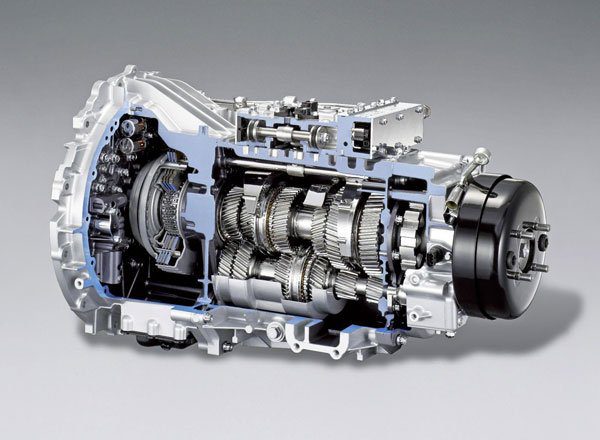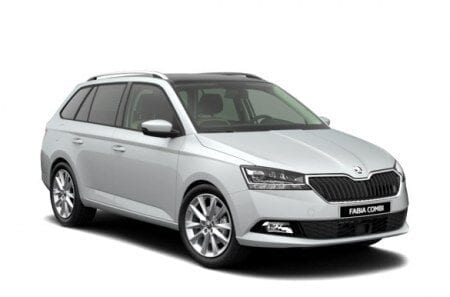
The device and principle of operation of the double clutch
Content
The dual clutch is mainly used in vehicles equipped with a robotic gearbox. This hybrid of a mechanics with an automatic transmission combines all the advantages of both transmissions: good dynamics, economy, comfort and smooth gear shifting. From the article we will find out how the double clutch differs from the usual one, as well as get acquainted with its varieties, advantages and disadvantages.
Dual clutch and how it works
The dual clutch was originally designed for racing cars equipped with a manual transmission. The manual gearbox did not allow to quickly pick up the required speed due to the losses occurring during gear shifting, which are formed due to the interruption of the power flow going from the engine to the drive wheels. The use of a double clutch almost completely eliminated this disadvantage for motorists. The gear change speed is only eight milliseconds.
A preselective gearbox (also called a dual-clutch gearbox) is essentially a combination of two gearboxes in one housing. With the current gear already engaged, the preselective gearbox provides the next gear selection due to the alternating action of the two clutch friction clutches.
The preselective gearbox is controlled electronically, and the gearshift is smooth and timely. While one clutch is working, the second is in standby mode and will begin to perform its functions immediately after the corresponding command from the control unit.
Double clutch types
There are two types of clutch, depending on the working environment: dry and wet.
Design and principle of operation of a dry double clutch
A dry double-disc clutch is used in gearboxes with an odd number of gears (for example, DSG 7) and consists of:
- master drive;
- dual-mass flywheel;
- two dry clutch discs;
- two pressure discs;
- two diaphragm springs;
- two release bearings;
- two clutch levers.
The principle of operation of a preselective dry gearbox is to transfer torque from the engine to the transmission through dry friction resulting from the interaction of the driving and driven clutch discs.
The advantage of a dry clutch over a wet clutch is that it does not require a lot of oil. Also, a dry clutch more efficiently uses the engine power intended to drive the oil pump. The disadvantage of a dry clutch is that it wears out faster than a wet clutch. This is due to the fact that each of the clutches is alternately in the engaged state. Also, increased wear is explained not only by the design and principle of operation of the device, but also by the peculiarities of driving a car.
Design and principle of operation of a wet double clutch
A wet multi-plate clutch is used in transmissions with an even number of gears (DSG 6) and requires the mandatory presence of a hydraulic pump and an oil reservoir in which the discs are located. In addition, the wet clutch also includes:
- two packs of friction discs;
- four hubs;
- pistons and springs.
The multi-plate clutch operates in oil. The transmission of torque from the engine to the gearbox is carried out as a result of the compression of the driven and driving discs. The main disadvantage of a wet clutch is the complexity of its design and the high cost of maintenance and repair. And much more oil is required for a wet clutch.
On the other hand, the multi-plate clutch is better cooled, can be used to transmit more torque and is more reliable.
Draw conclusions
When deciding to buy a dual-clutch vehicle, examine all the pros and cons and decide which aspects are a priority for you. Are dynamics, ride comfort and smoothness, no jerkiness when shifting gears and fuel economy so important to you? Or you are not ready to pay for expensive maintenance and repairs due to the complexity of the design and the specific operating mode. Moreover, there are not so many professional auto repair shops that service transmissions of this type.
With regard to dry and wet clutch, then the answer here, which one is better, will also not be unambiguous. It all depends on the individual characteristics of the vehicle, as well as on the power of its engine.
